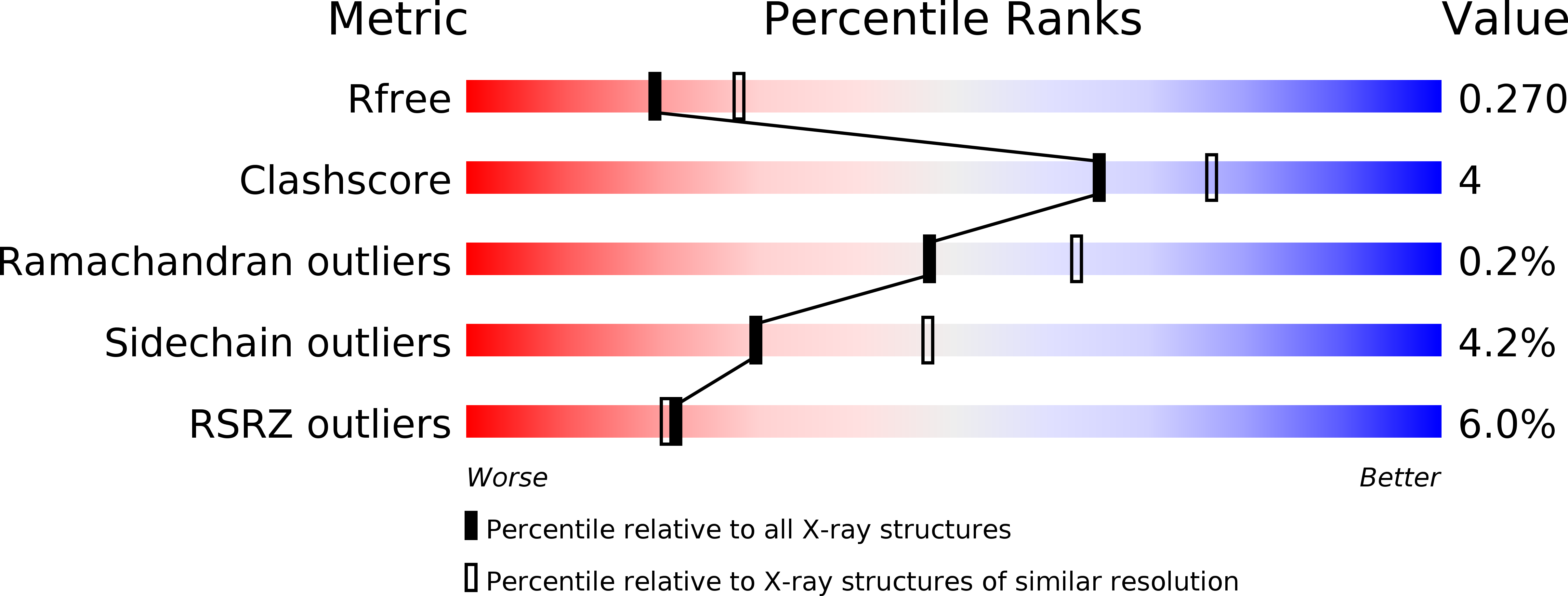
Deposition Date
2007-02-28
Release Date
2007-05-08
Last Version Date
2023-08-30
Entry Detail
PDB ID:
2P0C
Keywords:
Title:
Catalytic Domain of the Proto-oncogene Tyrosine-protein Kinase MER
Biological Source:
Source Organism:
Homo sapiens (Taxon ID: 9606)
Host Organism:
Method Details:
Experimental Method:
Resolution:
2.40 Å
R-Value Free:
0.27
R-Value Work:
0.20
R-Value Observed:
0.20
Space Group:
P 1 21 1


